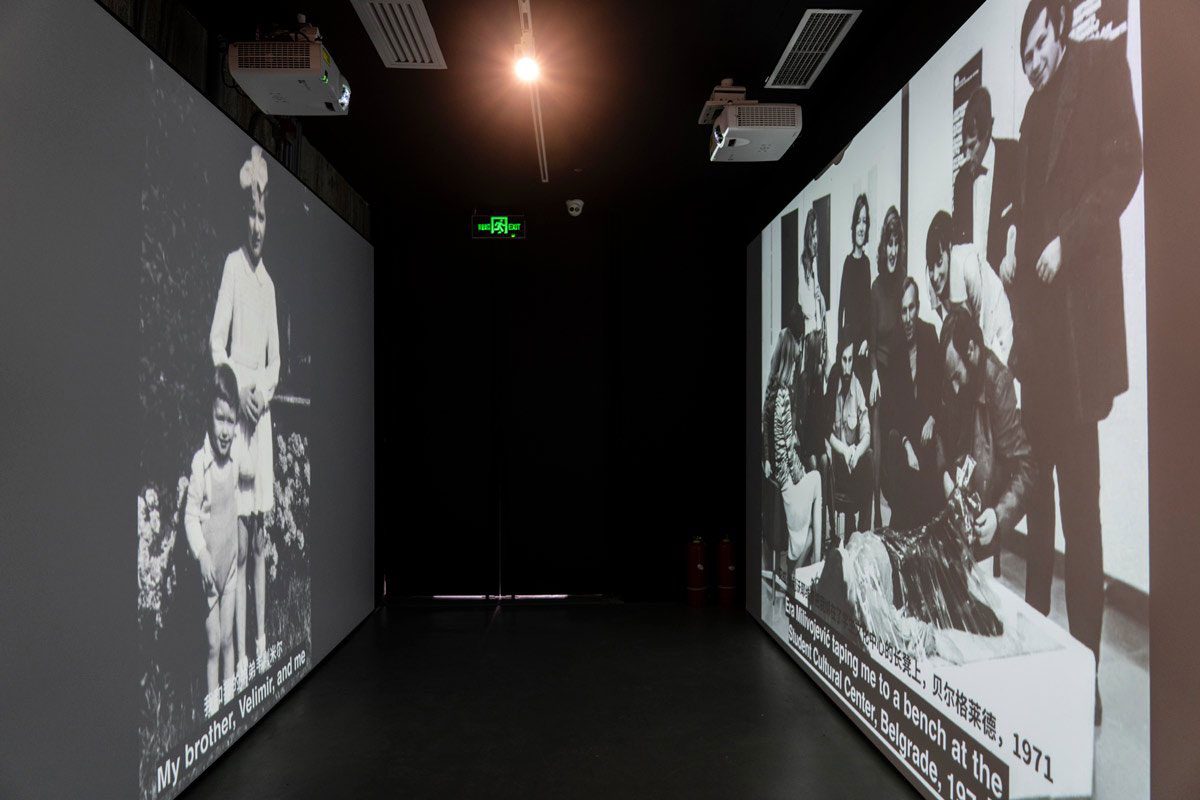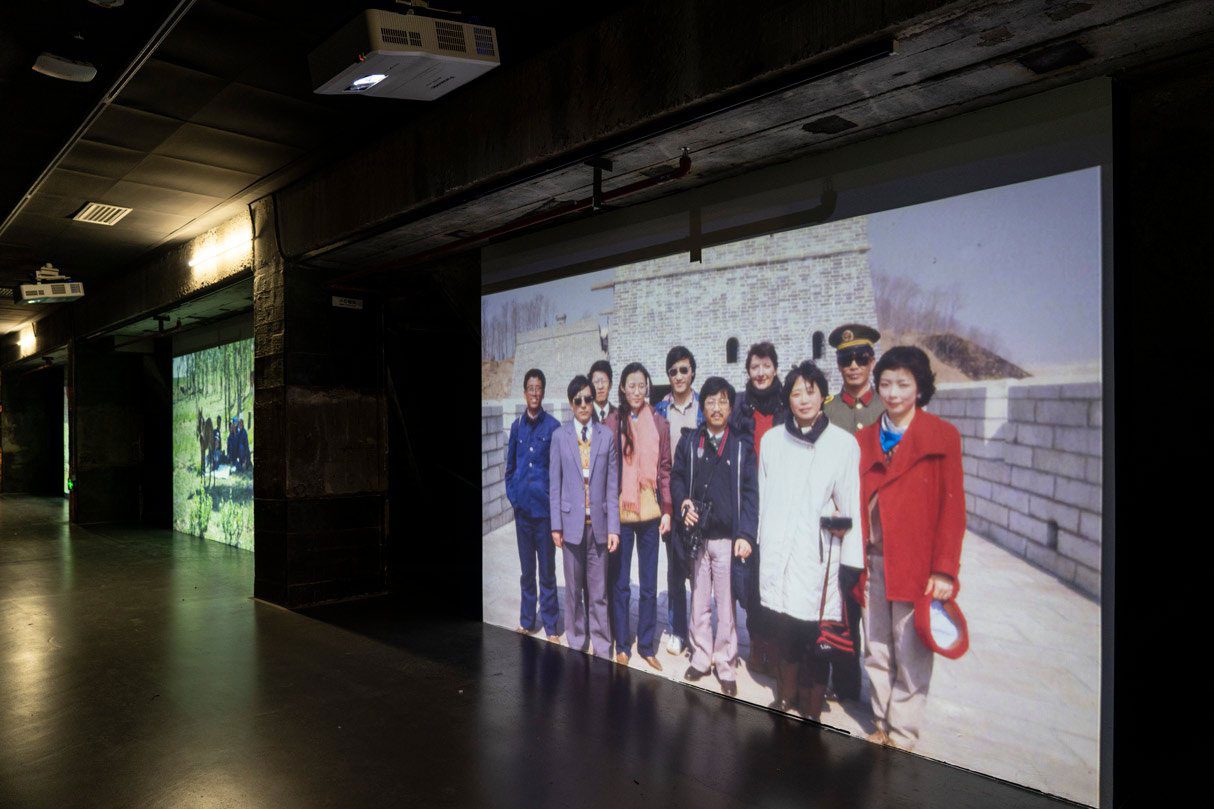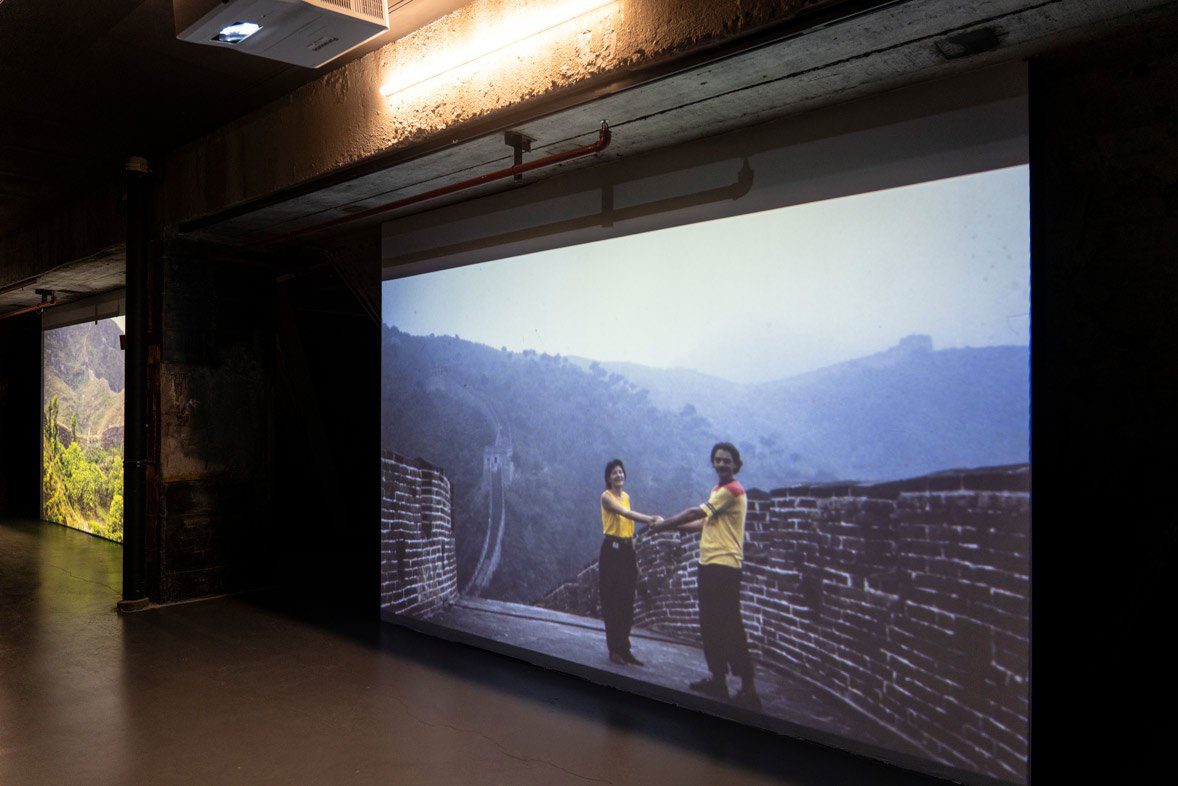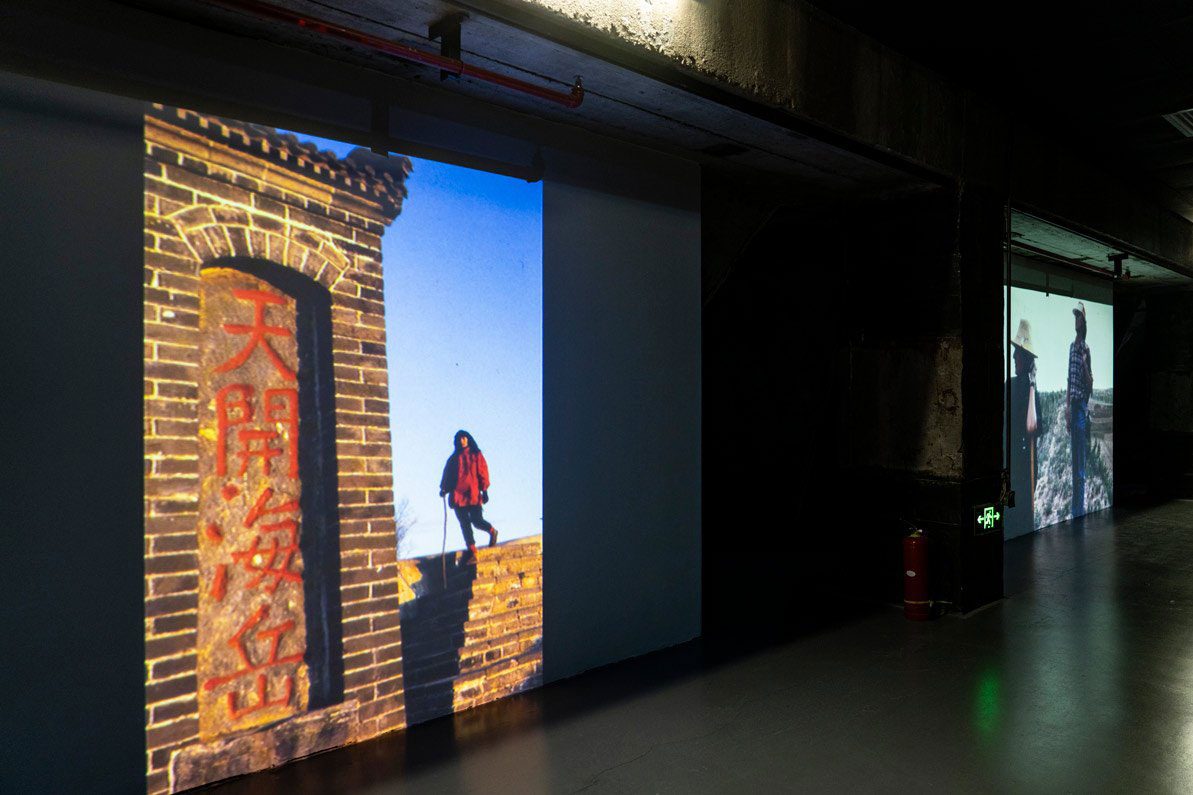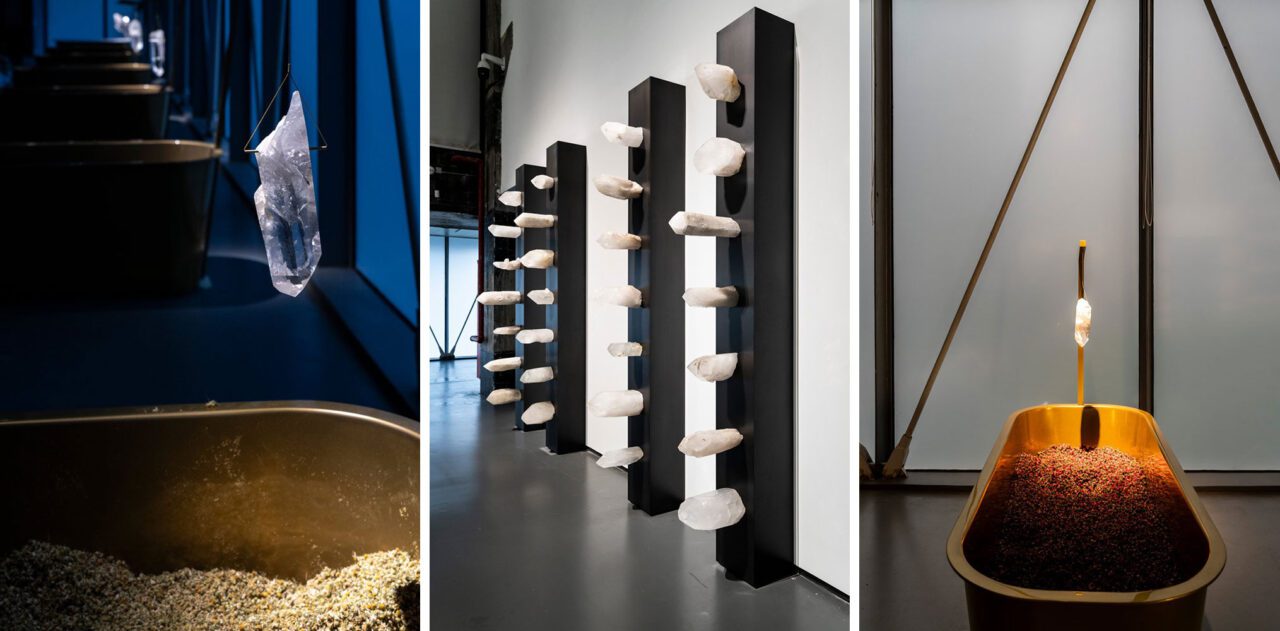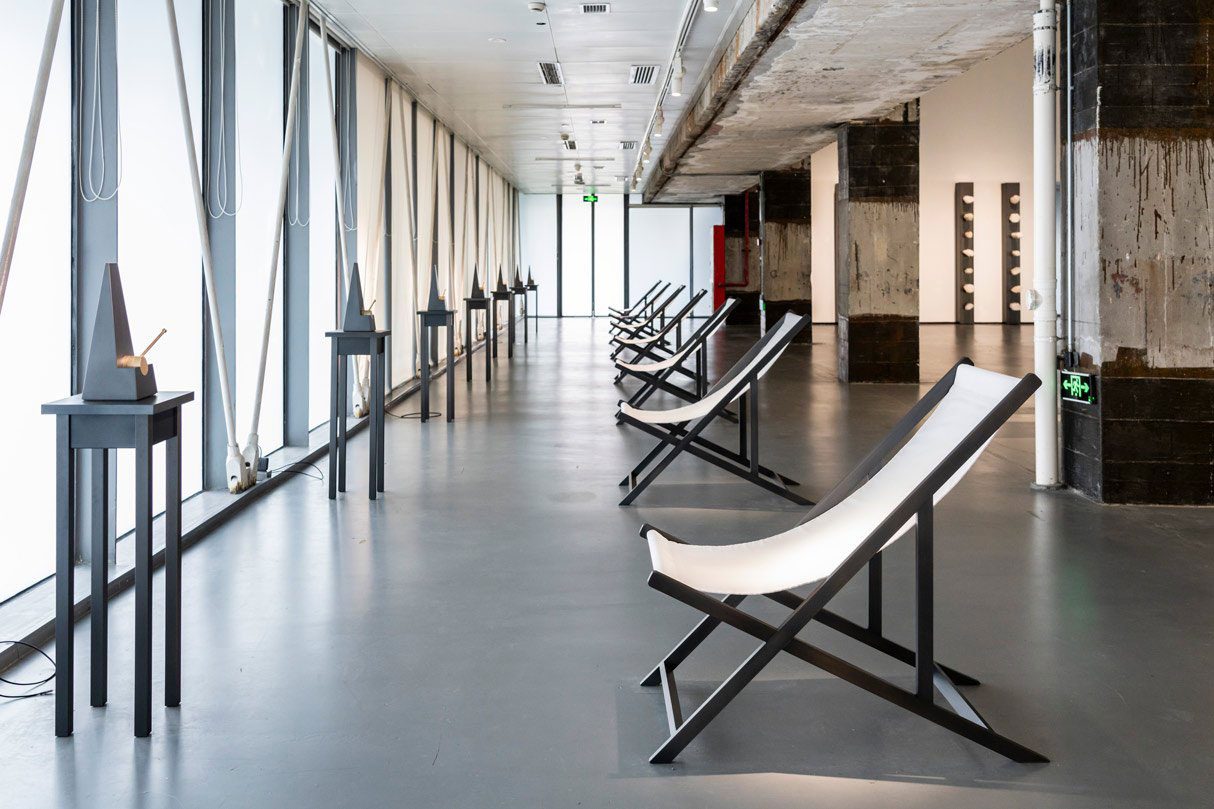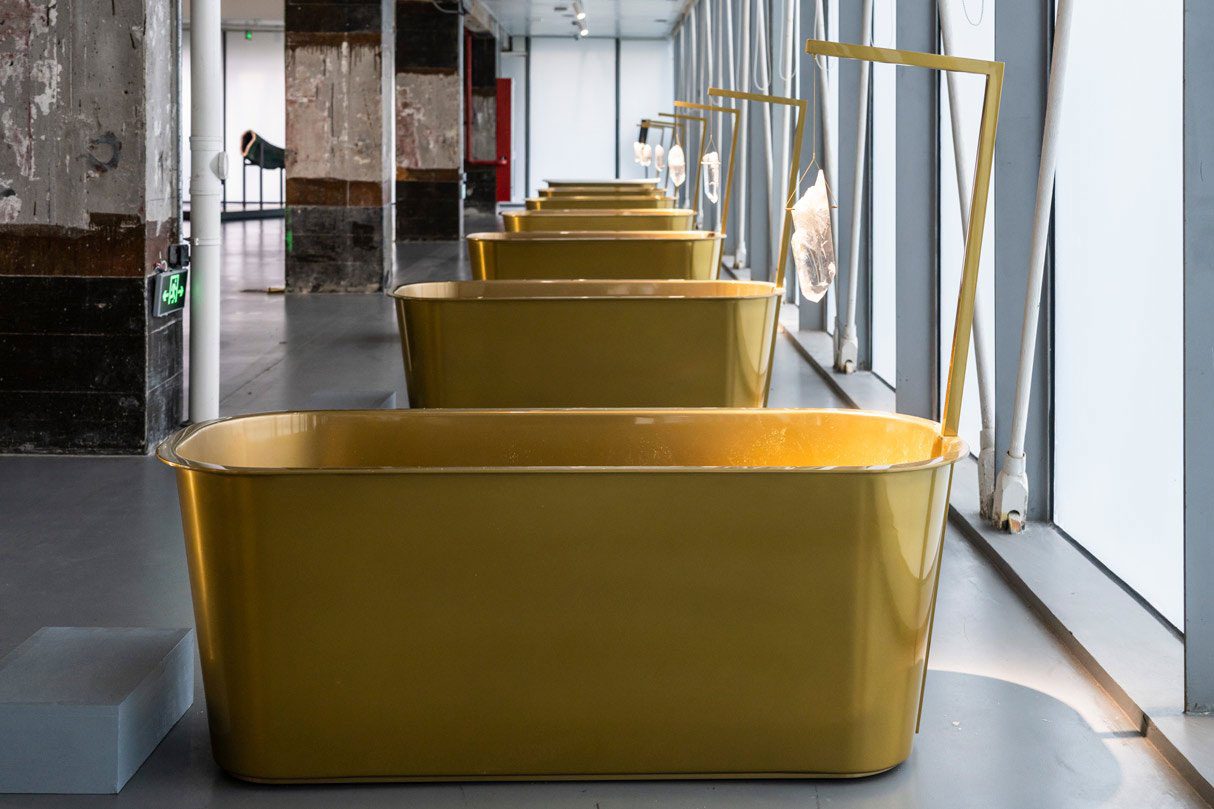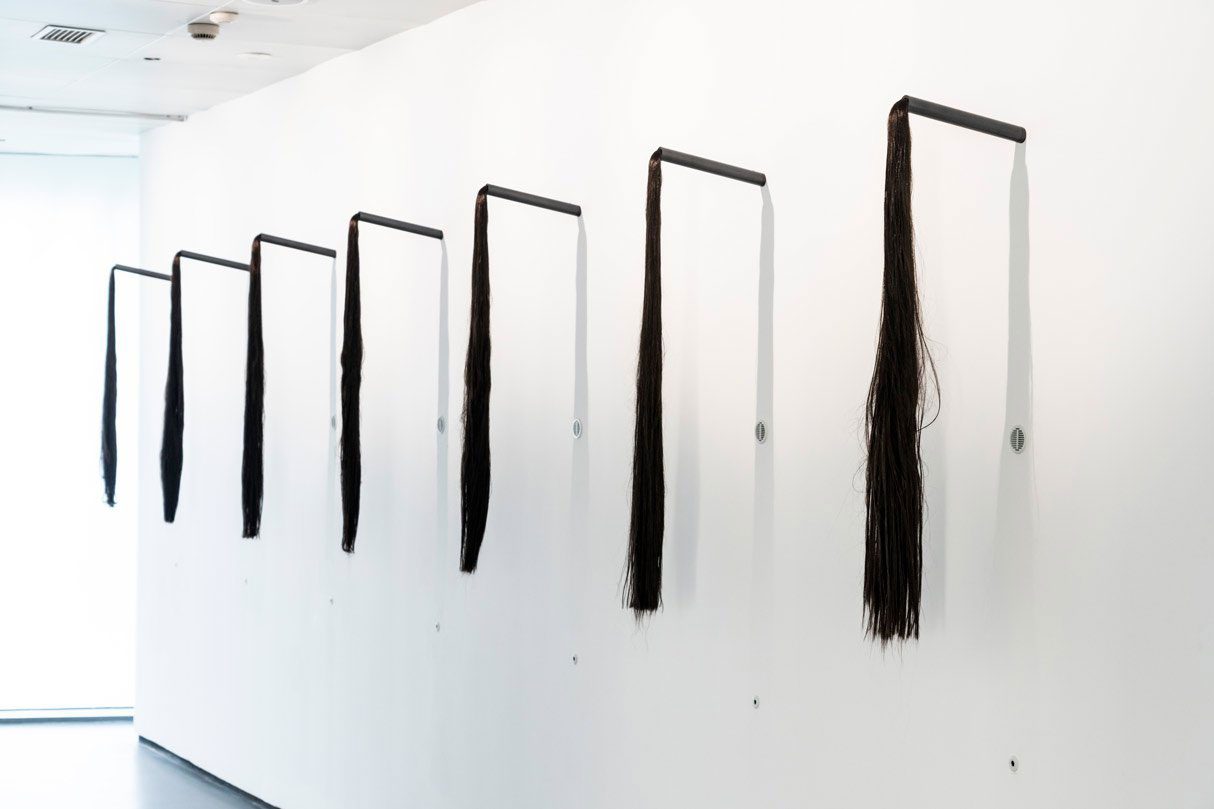PRESENTATION: Marina Abramović-Transforming Energy
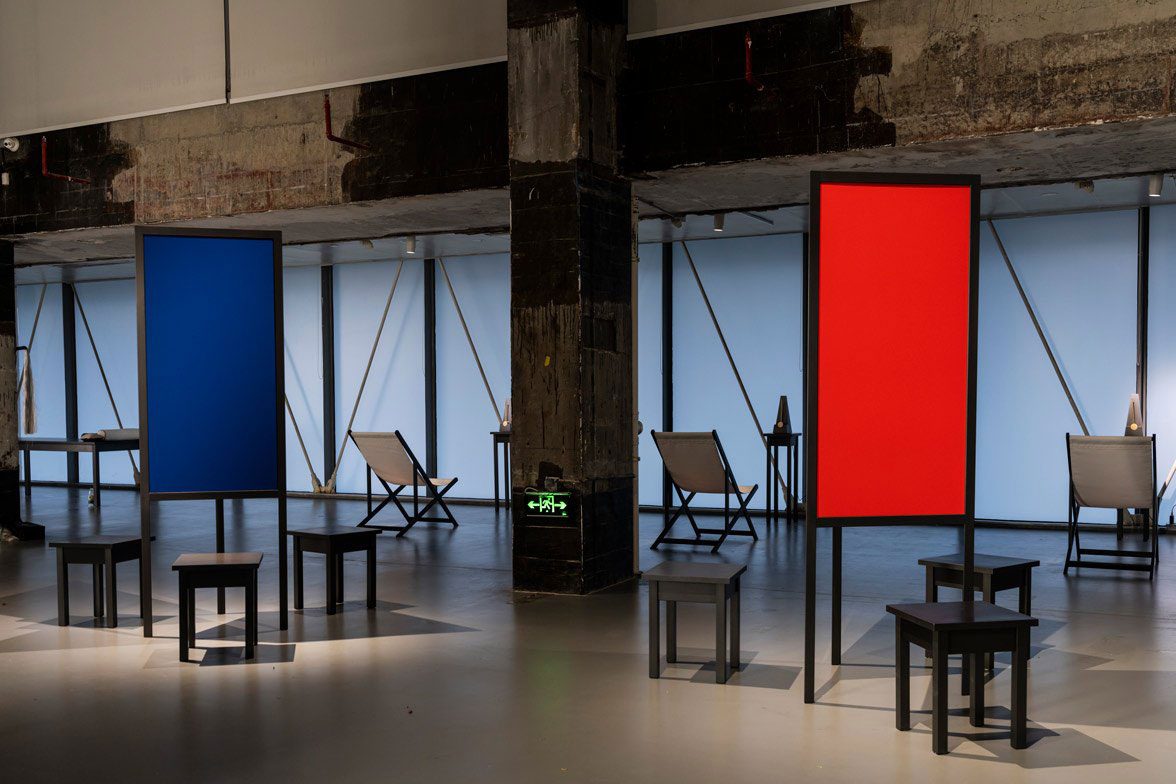 An art world icon and a performance art pioneer, Marina Abramović has captivated audiences by pushing the limits of her body and mind, for the past 50 years. Abramović has earned worldwide acclaim as a performance artist. She has consistently tested the limits of her own physical and mental endurance in her work, subjecting herself to exhaustion, pain and even the possibility of death.
An art world icon and a performance art pioneer, Marina Abramović has captivated audiences by pushing the limits of her body and mind, for the past 50 years. Abramović has earned worldwide acclaim as a performance artist. She has consistently tested the limits of her own physical and mental endurance in her work, subjecting herself to exhaustion, pain and even the possibility of death.
By Efi Michalarou
Photo: MAM Shanghai Archive
The exhibition, “Marina Abramović: Transforming Energy” is Inspired by one of Abramović’s most iconic performances, her historic walk across the Great Wall in China alongside Ulay in 1988, a journey that established them as the first international artists to traverse the Great Wall, the exhibition presents over 1,000 images of Abramović’s walk of the Great Wall, along with a series of captivating new artworks that have been specially created for this significant survey. The focus of the exhibition centers on artworks and objects that actively engage the audience, inviting their participation. At the heart of the exhibition are works infused with crystals, which serve as a source of transformative energy for both the artist and the visitors. The exhibition features a diverse range of works spanning decades, including new pieces, crystal-based objects sourced internationally from places such as Brazil, as well as Marina’s renowned sculptural objects known as “Transitory Objects”, which she has meticulously crafted over the years. This comprehensive exhibition offers a unique and vital opportunity for audiences to experience the evolution of Marina Abramović’s artistic journey. In 1983, Abramović and Ulay announced their ultimate collaboration: “The Lovers”. They proposed to be the first people to walk the Great Wall of China. Setting off alone from opposite ends, they planned to meet in the middle, where they would marry. Exhilarated by the emotional and physical scale of “The Lovers”, the pair imagined themselves walking alone across great expanses of the Chinese landscape, camping under the stars and concluding the journey with the ultimate commitment. They saw “The Lovers” as an odyssey and a performance in which they alone would be both players and audience. Ulay laid in a year’s supply of dried tofu and seaweed, together with tents and camping stoves. What the pair were less prepared for, however, was Chinese bureaucracy. The Beijing authorities struggled to comprehend the pair’s motives for the journey. No one camped or walked the Great Wall as an “art project”. And who in their right minds would want to get married on it? Paper trails were endless. Permissions and visas were granted then denied. The pair were told that it would be too dangerous to do the walk alone and they would be required to have an accompanying crew. As phone calls, letters and documents were fired back and forth between China and the artists, years rolled by. In 1986, they went to China to visit parts of the Great Wall, to familiarize themselves with it and meet some of the villagers they would be staying with. Permission was finally granted for the walk to take place the following year. Then, inexplicably, the authorities postponed it again. Finally, having also agreed to participate in a film of their “study” of The Great Wall for Chinese Central Television, they were granted permission. Abramović and Ulay began their walks on 30 March 1988, from either end of the Great Wall, known to the Chinese as The Sleeping Dragon. Abramović, set off westwards from the dragon’s head at the Bohai Sea, an extension of the Yellow Sea between China and the Korean peninsula. Dressed in baggy red clothes, she was given the nickname Pa Ma Ta Je – big fat sister mother. Much of her trek proved arduous. Abramović was walking through the mountainous regions of eastern China. On such difficult and inaccessible terrain, she had to watch every step. On her fourth day, after slipping on rocks as slippery as polished ice, Abramović and her guide found themselves hanging by their fingertips over an abyss. She found homes and stables built into sections of the winding wall, and other parts that had been dismantled by locals who, under Mao’s encouragement to “kill the dragon”, had removed the clay and stones to build with. Once, Abramović claimed to have walked through a kilometer of human bones. Her accommodation in villages and hostels each night was often a two-hour trek from the wall.
At every village she stayed in, Abramović asked to meet its oldest resident and for them to share a local legend. Inevitably these were dragon stories, often related to the wall itself. While built more than 1,000 years as a defense against invaders from the north and west, the serpentine spine of the Great Wall had been carefully mapped out by geomancers for its “dragon energy”. Abramović would occasionally find copper pots placed along the wall, as energy spots: acupuncture points to control the forces that rippled up and down the creature’s back. Five thousand kilometers west of Abramović, Ulay had started his walk at the dragon’s tail in the Gobi Desert. Most of his journey would be spent trekking through China’s deserts. Rickshaws and donkeys were familiar sights, as were camels pulling ploughs. Ulay crossed the great Yellow River on a raft covered with sheepskins and, like Abramović, saw families living in caves within the wall itself. He managed to sleep under the stars some nights, while his bemused crew watched over him from their jeeps. Most of the time, however, Ulay also had to sleep in nearby villages. While the simplicity of the trek stirred Ulay’s soul, its fragmentation by bureaucracy and restrictions meant it was not the romantic sojourn the pair had dreamed of. More by happenstance than planning, Ulay and Abramović met at the center of a stone bridge in Shenmu in Shaanxi province, among a series of temples built in the Ming dynasty. They had averaged 20km a day, walked 90 days and covered roughly 2,000km each. While musicians, the Chinese press and even a fireworks display had been laid on for the pair, there would be no wedding ceremony. After a press conference in Beijing, they returned separately to Amsterdam and didn’t speak or see one another for 22 years. What had gone wrong? In the five years that Ulay and Abramović had been waiting for permission for the walk, their lives had changed irrevocably. Their work had became internationally renowned. Abramović was fed up with being the archetypal poor artist, so she welcomed the success, but Ulay had no interest in celebrity. An anarchist who enjoyed solitude, he rebelled against what he saw as a growing commercialization of their work. In short, they had grown apart. Both had had affairs; communication and trust had broken down. Ulay and Abramović were not, however, the kind of couple to be easily defeated. They decided to go ahead with the walk, not in order to marry but to spilt up. The Lovers transformed from wedding to divorce. “Why didn’t you just make a phone call and break up like normal people?” one friend allegedly quipped. Because that simply wasn’t their style. After Marina Abramović’s physically demanding durational performance of walking from one end to the center of the Great Wall of China in 1988, she embarked on the creation of what she calls “Transitory Objects,” which remain a central theme in her later artistic practice. As she said “While walking the Great Wall of China, I experienced various energy states. I came to understand that these shifting states were caused by the different minerals present in the ground upon which I walked. Once I returned, I began putting these crystals and minerals into interactive, furniture-like objects. Through these objects, the public could perform instead, and feel something of what I had felt during my experiences. This was my first time inviting the public to directly participate in my practice”. This exhibition serves as a continuation of her exploration through these “Transitory Objects.” Furthermore, these sculptures align with the contemporary trend of embracing Eastern medicine, spiritualism, and healing. Abramović’s incorporation of crystals in her work also resonates with the acknowledgment of inherited trauma, as seen in works like “Crystal Wall of Crying” (2021), which provides a space for contemplation of past tragic events and aims to heal emotional wounds by reconnecting with personal embodied experiences through interaction with natural quartz crystals. On the second floor, a curated survey showcases examples of Abramović’s early participatory art, with a focus on bodily positioning and crystals. Finally, the third floor presents entirely new participatory works, exemplifying the enduring and durational nature of Marina Abramović’s performance art methodology.
Photo: Marina Abramović, Transforming Energy, Exhibition view Modern Art Museum (MAM) Shanghai, 2024-25, Courtesy Modern Art Museum (MAM) Shanghai
Info: Curator: Shai Baitel, Modern Art Museum (MAM) Shanghai, 4777 Binjiang Avenue Pudong New Area, Shanghai, China, Duration: 0/0/2024-28/2/2025, Days & Hours: Tue-Sun 10:00-18:00, www.mamsh.art/
